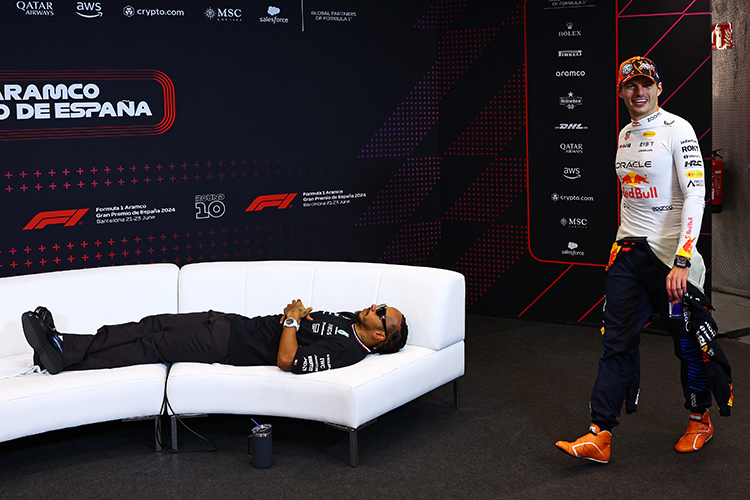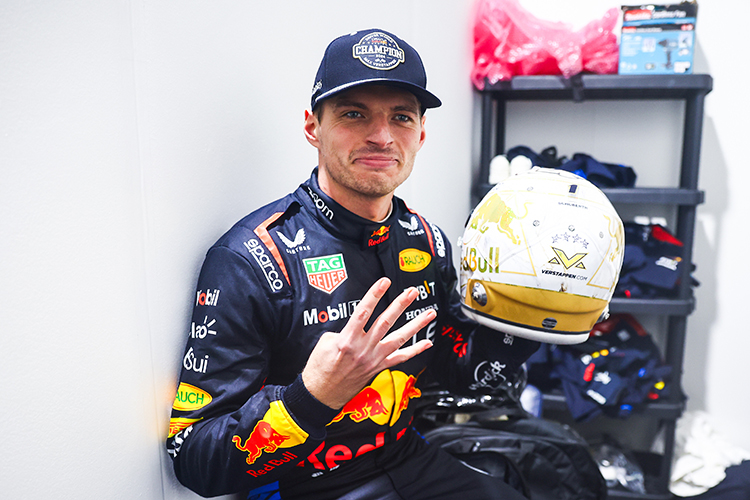How the Grid is Determined in Formula 1

Formula 1 World Champions: A legacy of racing legends
How is the grid determined in Formula 1?
Learn how the Formula 1 grid is determined, including the qualifying process, grid penalties, and factors influencing race-day starting positions. Understand the strategic importance of the starting grid.
Introduction: Understanding the Formula 1 Grid
The starting grid in Formula 1 is a crucial aspect of every race, playing a significant role in shaping the outcome. The grid determines the order in which drivers start the race, influencing strategy, race dynamics, and the overall challenge drivers face. The grid positions are determined by the qualifying sessions, which set the stage for the high-speed action that defines the sport.
What is the Starting Grid?
The starting grid is the lineup of cars at the beginning of a Formula 1 race, arranged in rows with two cars per row. The driver who qualifies in pole position occupies the front spot, while the remaining drivers are positioned according to their qualifying results. The order of the grid can significantly impact a driver’s chances of securing a podium finish.
How is the Grid Determined? The Qualifying Process
The primary method for determining the grid positions is the qualifying session, which takes place the day before the race. The session is divided into three stages: Q1, Q2, and Q3, each with its own set of challenges and eliminations. Here’s a breakdown of the qualifying format:
Q1 – The First Session
Q1 lasts for 18 minutes, where all 20 drivers aim to set their fastest lap times. At the end of this session, the five slowest drivers are eliminated and will start the race in positions 16 to 20. The remaining 15 drivers move on to Q2.
Q2 – The Second Session
In Q2, the remaining 15 drivers have 15 minutes to set their best lap times. Again, the five slowest are eliminated, leaving the top 10 to advance to Q3 for the final battle for pole position. The results from Q2 determine positions 11 to 15 on the grid.
Q3 – The Final Shootout for Pole Position
Q3 is the decisive stage where the top 10 drivers have 12 minutes to set their best laps. The fastest driver claims pole position, with the others filling the remaining spots in order. The grid positions for the top 10 are determined by the results of Q3, and the pole sitter is positioned at the front of the grid.
Special Cases: Grid Penalties and Modifiers
In addition to qualifying times, several factors can affect a driver’s final grid position. Grid penalties are applied for various reasons, such as exceeding component limits or technical infractions:
- Engine Component Changes: Drivers are allowed a limited number of engine components during the season. If a driver exceeds this limit, they incur a grid penalty, which can result in starting further down the grid.
- Gearbox Penalties: Similarly, exceeding the number of permitted gearboxes also results in a grid penalty.
- Other Technical Infractions: Technical violations, such as failure to meet qualifying requirements or weight-related penalties, may lead to a grid drop.
- Unsporting Behavior: Penalties for actions like impeding other drivers during qualifying can lead to grid penalties, affecting a driver’s starting position.
The Strategic Importance of the Grid
The starting grid plays a pivotal role in determining a team’s race strategy. Drivers starting at the front of the grid, in particular, enjoy a significant advantage, as they are less likely to face traffic or engage in difficult overtakes. Those starting further back must rely on strategic decisions such as early pit stops or aggressive overtaking to climb the grid.
Overtaking in modern F1 cars is difficult due to aerodynamic challenges, meaning drivers starting higher up on the grid have a better chance of holding their position throughout the race. This makes qualifying results crucial for teams looking to secure solid race finishes.
Psychological Pressure: How Grid Positions Affect Drivers
The grid positions also have a psychological effect on drivers. Starting at the front provides confidence and a clear path to victory, while starting further down can introduce pressure to perform. The mental aspect of racing is often underestimated, but it plays a key role in a driver’s performance on race day.
Conclusion: The Grid as the Foundation of Race Day
The Formula 1 grid is a fundamental part of every race. The qualifying session, grid penalties, and strategic decisions all contribute to the final lineup. Whether a driver starts in pole position or further down the field, the grid shapes the strategy, dynamics, and excitement of the race. Understanding how the grid is determined is key to appreciating the complexities of Formula 1 racing, where every position on the grid counts towards a driver’s chances of success.
Up Next



